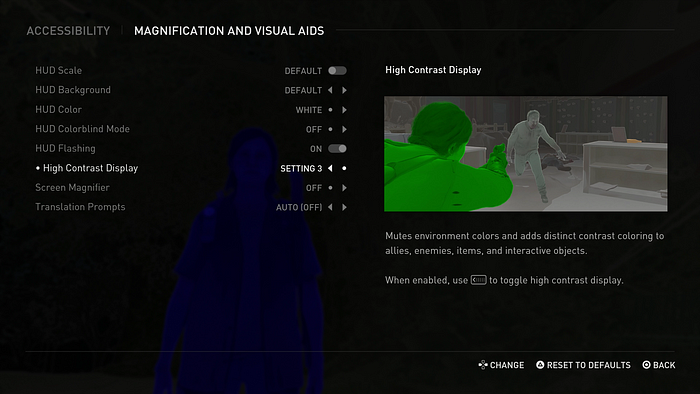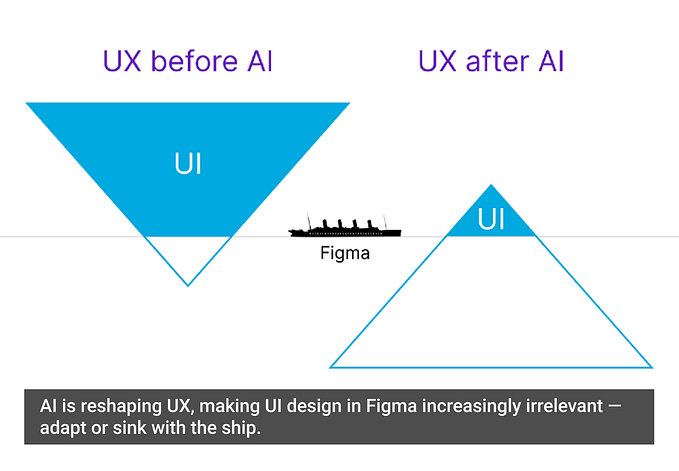Member-only story
Digital accessibility matters
Social media is amplifying the need for a clear, empathic approach to accessibility.

In just the space of a week, two new digital products launched to their respective audiences, with each taking an entirely different approach to accessibility. The end result was wide-ranging, often intense feedback, that was at complete odds with one another.
I am of course talking about the launch of audio tweets on Twitter, and Naughty Dog’s The Last of us 2. Not surprisingly, there has been complete dismay for Twitter’s lack of accessibility, suggesting that it was “overlooked”. Conversely, there has been complete admiration for Naughty Dog going above and beyond.
First, what is digital accessibility, and why does it matter?
Digital accessibility is the ability of a website, mobile application or electronic document to be easily navigated and understood by a wide range of users, including those users who have visual, auditory, motor or cognitive disabilities. — whatis.com
In a nutshell, digital accessibility matters because as many people as possible should be able to enjoy using new Twitter features, or playing a video game, watching a film or browsing the Internet. More often than not, the needs of people with disabilities can be met when designing inclusively, with empathy the core tenet of the design process. Unfortunately, there’s a prevailing sense that accessibility is often overlooked, and added as a mere afterthought. However, that wasn’t the case for the team that made The Last of Us 2. If you work within the tech industry, Naughty Dog’s approach should be the benchmark. How can we make this happen?
Accessible from the ground up
From the very beginning, Naughty Dog’s goal has been to ensure that as many fans as possible have an opportunity to experience the game through their most robust accessibility feature set to-date. — Sony

Shortly after the release of The Last of us 2, screenshots appeared online showing a number of accessibility options that players…







